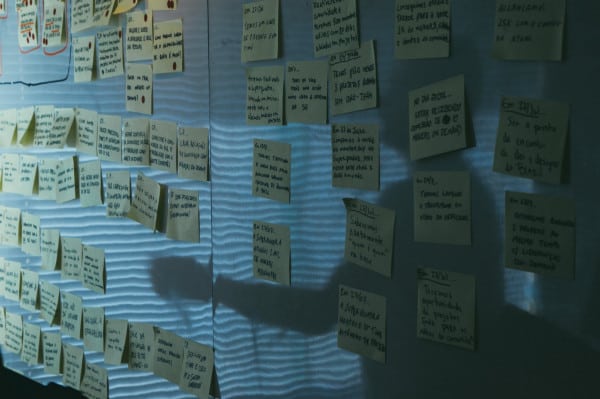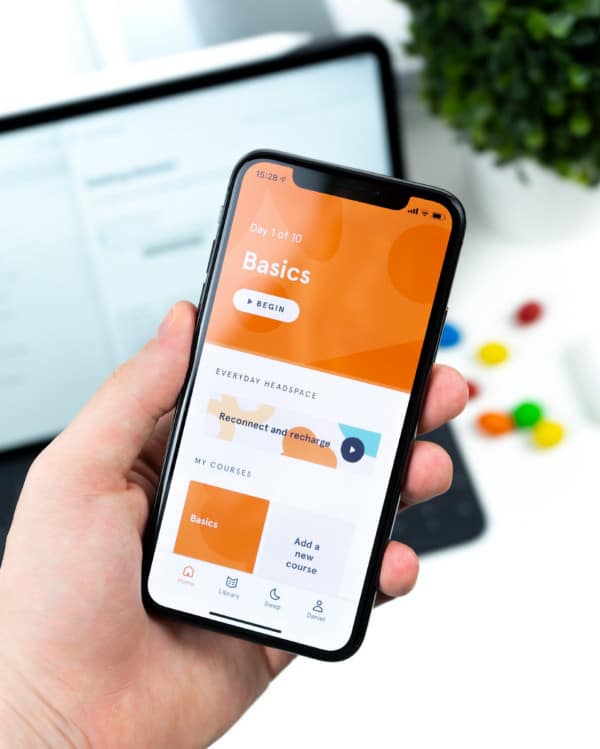Wonder why you should learn the basics of human-centered design? Here’s what human-centered design training offers.
IDEO.org’s definition of human-centered design is elegant and concise: “Human-centered design sits at the intersection of empathy and creativity.” But, let’s unpack the phrase a little further. The first key to understanding the concept is right there: it’s about humans. People are the beginning, the end, and the constant North Star in human-centered design (HCD).
This means that any HCD business initiative or design project starts by considering the real-life end-users that the product, service, or experience will serve. “Who exactly will use our product?” (Tweens? Moms?) “What are those human’s needs, wants, and challenges?” (Lack of confidence? Limited time?) These are the questions that human-centered designers believe should form the foundation for all design decisions.
“Human-centered design sits at the intersection of empathy and creativity.” — from IDEO.org
While this might seem like simple common sense (and it certainly is), many companies are still just adopting this approach. It’s not the way organizations have historically operated. Budget constraints, long requirements lists, “the-way-we’ve-always-done-it,” and executive hunches can often be the engine behind decision making and how services and products are designed. It’s easy for teams to think they know how things should be and design in a bubble. They can lose sight of the humans who will be using their shiny widget.

What’s Human-Centered Design Training?
People who have experience with design thinking and human-centered design (also called user-centered design) are incredibly in-demand as today. That’s because many organizations have found that these problem-solving methods lead to actual business benefits. Thinking about your end-users is not only empathetic, but it’s also good business.
Thinking about your end-users is not only empathetic, it’s good business.
This interest in design thinking and human-centered design means that many organizations are bringing in experts to teach their teams some of the methods. So, if that happens to you, please don’t roll your eyes. The tenants of human-centered design are practical, actionable, and can be put to work in just about any professional scenario. If you’re going to engage in human-centered design training, here’s three key things you’ll learn.
3 Things You’ll Learn Through Human-Centered Design Training
1. Always Start with People
The first phase of any human-centered design project usually has similar qualities and activities. Often called the Inspiration, Exploration, or Discovery phase, the beginning of an HCD project begins with getting to know your people deeply.
The beginning of an HCD project begins with getting to know your people deeply.
So, let’s say you are designing a new app specifically for redheads. Task numero uno is going out into the field and talking to a diverse set of redheads — young and old, all genders, different backgrounds, different attitudes. As a human-centered designer, you want to know what makes redheads tick, what they love about their fabulous hair color, what they don’t like, and what features they might use on a redhead-specific app.
In addition to the qualitative research and user interviews that mark the beginning of a human-centered design project, your inspiration phase might also include observations and immersions into the places and products that your end-users might typically engage with.
The Inspiration Phase is about standing in other people’s shoes.
The point of talking to your end-users is to get away from your assumptions and desires. It’s about rooting your thinking in the day-to-day realities of the people you want to serve. This is all about building empathy and standing in other people’s shoes.

2. Bubble Up the Big Insights
After you’ve done a deep dive into the humans you’ll be designing for; it’s time to synthesize (or summarize) what you learned. Another thing that you learn in human-centered design training is how to formulate insights that help steer you into the right solutions. Insight is defined as “a deep understanding of a person or thing.”
“Insightful understanding is a powerful leaping-off point for great design.” — Jane Fulton Suri, IDEO Partner Emeritus & Executive Design Director
When we imagine teams that “do” design thinking or human-centered design, this insight-generating phase is what we often think of: it is that moment when you might be confronting a giant wall of sticky notes and trying to make sense of it all. That’s the critical distinction with HCD. You’re not generating a bunch of sticky notes to look smart or to decorate your wall. You’re looking to understand what your learnings mean and where they point you next.
A vital part of the Inspiration and Ideation phases of an HCD project is understanding what all of your initial research and discovery is telling you. What are the significant insights you gleaned about your users? What are the top 5 things that you know to be true about redheads?
These insights are some fundamental truths about your end-users that help you know which direction to go in your design.
You’ll slowly, but surely, crystalize these insights by creating groups, themes, and buckets of ideas you heard from your users. These insights are some fundamental truths about your end-users that help you know which direction to go in your design.


3. The Power of Prototypes
The third thing you’ll learn if you go through human-centered design training is the importance of prototyping. The term prototype can be confusing if it’s new to you. A prototype is a simulation of your final product that you create so you can test and learn from it. Prototypes can be something very “high fidelity” or something that appears very close to the real thing— like a mock-up of an app or landing page — or as simple as a loose sketch or illustration.
HCD prioritizes prototyping because, again, it’s all about the users. By creating a quick prototype, you can show it to your ideal users and get feedback. It’s common sense, but many companies have been accustomed to toiling for months or years to make a product “perfect.” They push it out into the world and only then find out what people think. Prototyping lets you get that crucial feedback from customers early and often.
The idea behind prototyping is to move quickly, build something simple. Then you show it to people, find out how they react— what’s confusing? what’s exciting? what could be better? The thinking is that you’ll get to a better product faster and save time. (Plus, there are a ton of prototyping tools out there today that make it easier than ever.)


Are You Looking for Human-Centered Design Training or Design Thinking Training?
Voltage Control facilitates hands-on workshops and coaching that builds your team’s innovation and facilitation skills. We also host events of all kinds, including design thinking workshops, innovation sessions, and Design Sprints. Please reach out to info@voltagecontrol.com for a consultation.



